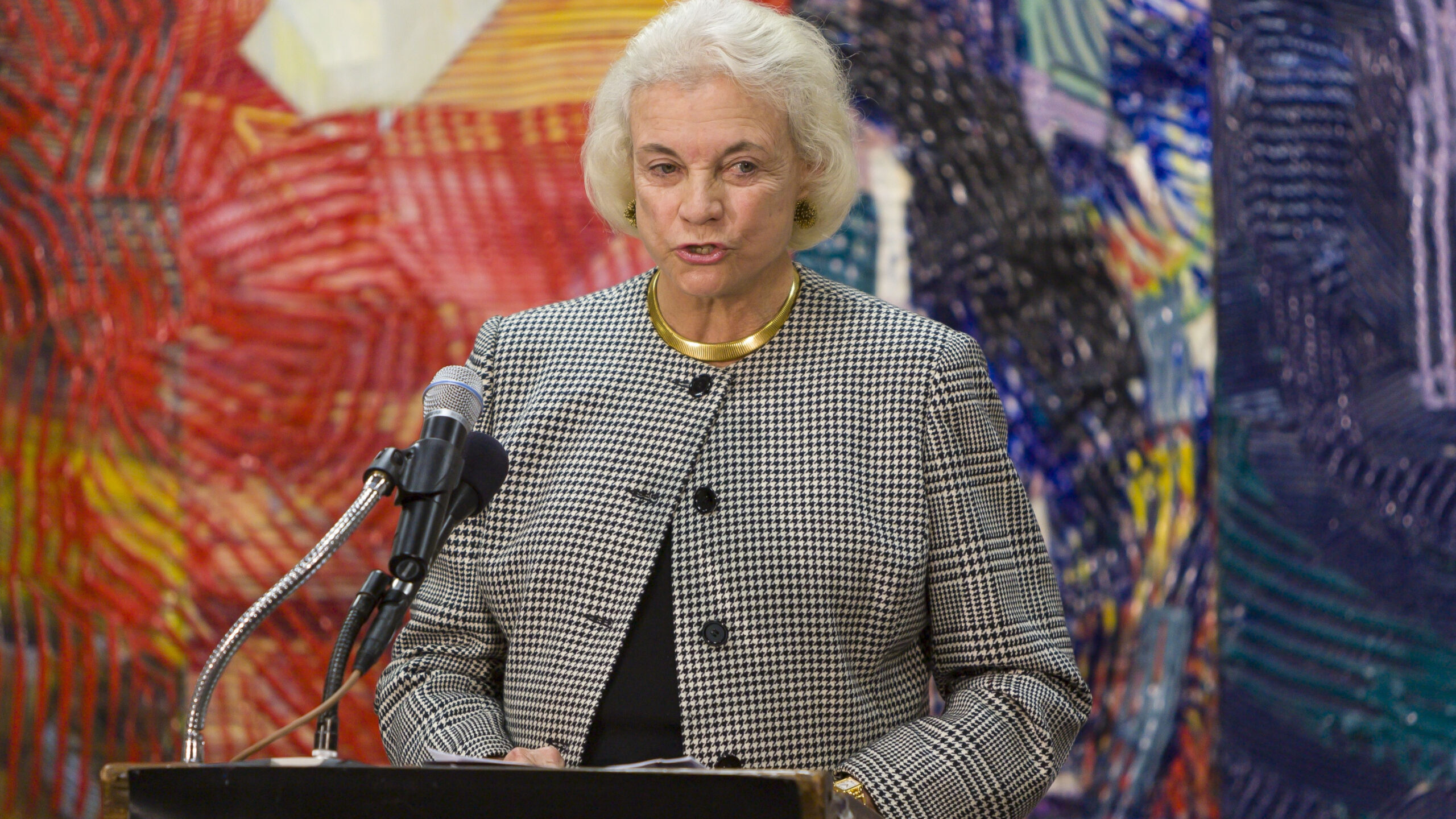Why You Should Care About The 30th Anniversary of Betamax
 Today is the thirtieth anniversary of the Supreme Court’s landmark decision in Sony v. Universal (popularly known as Betamax). As my DisCo colleagues Matt Schruers and Jonathan Band put it upon the retirement of Justice Paul Stevens, who wrote the opinion: “[the Betamax] decision is the legal foundation of the Digital Age.” The case paved the way for innovation, because the Court recognized that just because a product or service can be used to infringe, it’s not necessarily infringing.
Today is the thirtieth anniversary of the Supreme Court’s landmark decision in Sony v. Universal (popularly known as Betamax). As my DisCo colleagues Matt Schruers and Jonathan Band put it upon the retirement of Justice Paul Stevens, who wrote the opinion: “[the Betamax] decision is the legal foundation of the Digital Age.” The case paved the way for innovation, because the Court recognized that just because a product or service can be used to infringe, it’s not necessarily infringing.
The fair use doctrine played a big role, as the majority found that users’ time-shifting was fair use, and that respondents did not demonstrate likelihood of harm to the value of their works. And in fact, the VCR ended up creating a significant new market for copyright holders.
And to absolve Sony of liability for contributory infringement, Stevens’ 5-4 opinion applied patent law’s “staple article of commerce” doctrine (codified in 35 U.S.C. 271(c)) to copyright law, holding that
the sale of copying equipment, like the sale of other articles of commerce, does not constitute contributory infringement if the product is widely used for legitimate, unobjectionable purposes. Indeed, it need merely be capable of substantial noninfringing uses.
While the Betamax case came out the right way, many cases don’t. As I recounted in my post on 15 technologies that the content industry has sued in the 15 years since they sued the first MP3 player. In fact, as the Washington Post explained, the Supreme Court was originally poised to come out the other way, before the case was reargued and Justice O’Connor switched sides.
The benefits of the outcome in Betamax are clear, and not just to the technology industry and consumers, but also to the rights holders who had a new market to exploit. But what’s not as apparent are the costs to society when innovative products and services are found unlawful or never even brought to market due to risk. Michael Carrier explained in his guest post on the innovation asymmetry that this is due to benefits being harder to quantify, benefits changing over time, and a lack of resources devoted to advocacy. As he put it:
In the end, the future benefits of new technologies, particularly those that are disruptive and revolutionary, often outweigh the losses to copyright owners’ current business models. But these benefits tend to be neglected.
Not neglecting these benefits means appropriately defining and interpreting copyright so as to encourage innovation and unanticipated markets. This is especially timely as Congress is considering copyright reform, and the Supreme Court will be considering Aereo.








